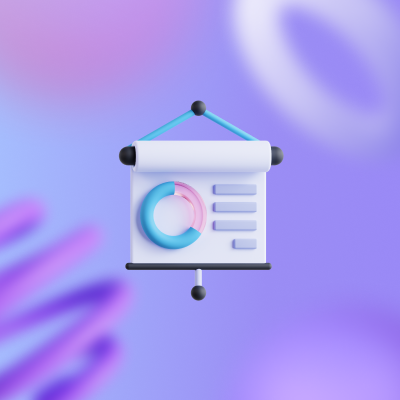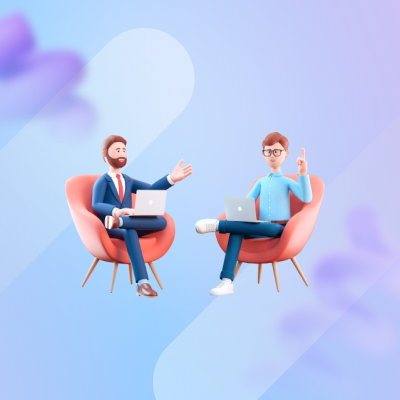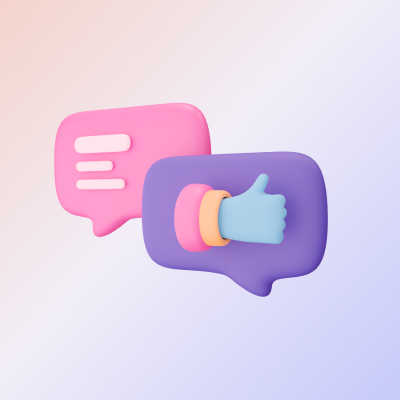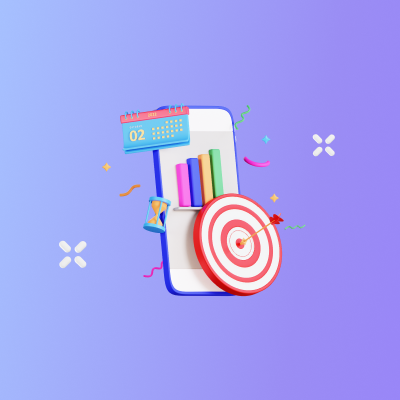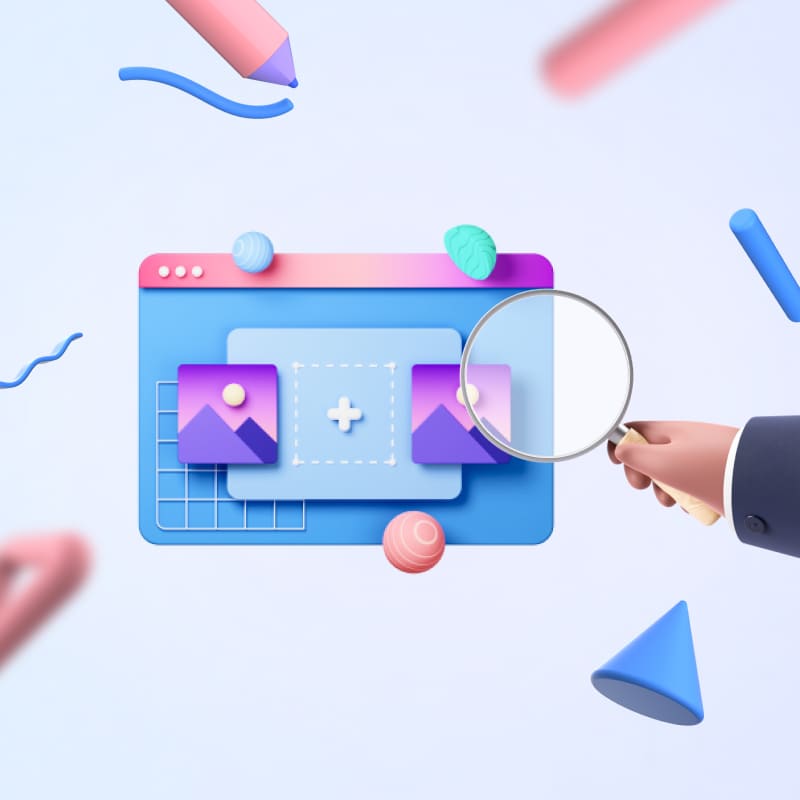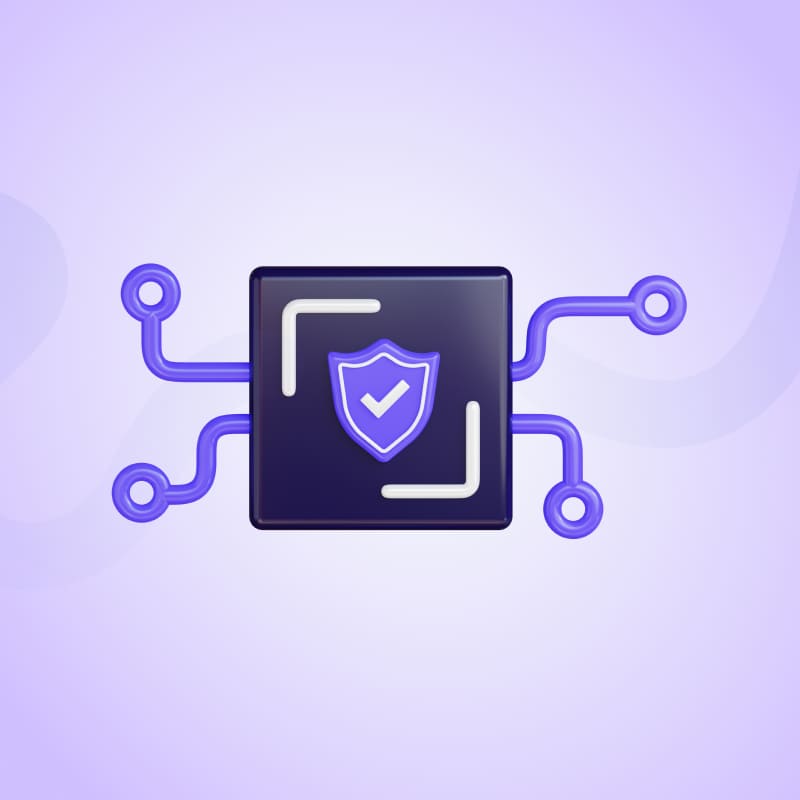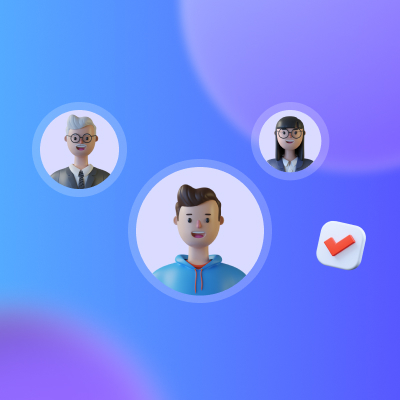
We already know that L&D has undergone a massive shift in recent years.
According to our own survey of L&D leaders:
73% of businesses were forced to find new L&D tools during the pandemic
72% said that senior leaders within their organisation understood the value of L&D
60% of businesses said that they would be funding eLearning content development in 2023
And over a third of businesses said they needed to improve employee motivation with regards to L&D.
Learning and development is undergoing a digital transformation. But cultural change is also taking place within organisations.
According to Gallup’s State of the Workplace Report for 2022, only 11% of the UK workforce currently feels engaged with their work.
This lack of motivation poses a big problem, both for L&D and for the wider aims of an organisation — and goes some way to explaining why employee engagement is becoming such a focus of company cultural policy.
All levels of an organisation, including HR departments and training managers, need to respond to this cultural shift.
One approach? Ditching outdated, top-down strategies. And replacing them with a bottom-up learning culture that helps employees to feel more engaged and invested in their own development.
Contents
What is a bottom-up approach to learning?
Why is a bottom-up approach to L&D needed?
Limited budgets
The Great Resignation
A generational shift
The need for a heightened engagement at all levels
How can you facilitate a bottom-up approach to learning?
Ask employees what they need
Use employee-generated learning (EGL)
Treat employees as co-creators
Reward self-directed L&D initiatives
Provide the right resources
What is a bottom-up approach to learning?
A bottom-up approach to learning means handing the L&D reins over to learners themselves. Employees get to manage aspects of the learning process for themselves.
This approach is often used to complement top-down learning and needs analysis.
So what is a bottom-up approach?
Instead of an L&D team acting as the provider of knowledge, developing content and assigning learning opportunities, the whole process is much more holistic.
With a bottom-up approach, L&D leaders are knowledge brokers, gathering existing knowledge from people within the organisation and developing networks so that knowledge can be shared easily.
This enables a collaborative exchange of information, peer-to-peer. And it offers L&D teams a cheaper and more flexible option for achieving their organisation’s learning goals.
Traditionally, bottom-up learning has been the reserve of corporations facing constant change. But. given the current state of the world, applying it much more widely makes a lot of sense.
Why is a bottom-up approach to L&D needed?
Let’s take a look at why, in 2022, a bottom-up approach to learning may prove helpful to your organisation.
Limited budgets
Faced with the prospect of a global recession, many organisations are tightening their belts.
And when there’s less money to spend on L&D, every penny counts. You need to be sure the right people are getting access to the right learning opportunities for the best possible ROI.
A bottom-up approach is cheaper than a traditional top-down approach because learning content is developed in-house by your current employees. You get to utilise and optimise the knowledge you already have within your organisation.
This helps you to create tailored L&D pathways even when you’re working with a tight budget.
The Great Resignation
Prompted by the pandemic, huge numbers of employees chose to quit or change their jobs. The “Great Resignation” has led to a labour shortage and lots of competition for talent.
Employers are under greater pressure to provide the kind of work environment that team members choose to join — and remain part of.
Working to improve employee engagement is just one of the things organisations can do to win over employees. And a bottom-up approach to learning can form part of that puzzle.
A generational shift
Different generations tend to enjoy different learning styles. Whilst Boomers may be accustomed to instructor-led training, younger generations have other ideas.
As digital natives, used to accessing information on their own terms, Millennial and Gen Z employees are much engaged with self-directed, collaborative learning. A bottom-up approach gives them the autonomy they crave, allowing them to fill knowledge gaps and acquire new skills with the help of their peers.
The need for a heightened engagement at all levels
Engaged employees feel an emotional connection to their company; they are inspired to work hard and believe in the work that they do. But, as we discussed earlier, employee engagement is currently a big problem for organisations.
For L&D teams, engaging employees with learning and development means rethinking traditional L&D models.
As part of a bottom-up culture, employees take ownership of the learning process. With the right resources, team members are empowered to develop their own skills and support others too. And by involving employees in the decisions around L&D, teams are more invested in and engaged with their own L&D progress.
How can you facilitate a bottom-up approach to learning?
If you’re keen to put a bottom-up learning culture into place at your organisation, here’s what you can do to make it happen.
Ask employees what they need
Bottom-up learning means involving employees at every stage of the decision-making process. It also means opening up communication channels so all levels of the company are aware of what is needed and where.
Use employee-generated learning (EGL)
Take advantage of in-house knowledge by getting employees or subject-matter experts to create their own EGL content.
Treat employees as co-creators
Involve all employees in the creation and maintenance of learning content. Encouraging everyone to take ownership of the process — and giving them the time and space to do so — ensures all parties take an active role.
Reward self-directed L&D initiatives
Gamification makes any learning and development programme more engaging. Use rewards and a bit of healthy competition to motivate employees in both learning and content creation.
Provide the right resources
You need to provide the right culture and support for bottom-up learning. But you also need to provide the right software tools. Make it easy for employees to create, upload, share and find learning content with an LMS like My Learning Hub.
Want a learning management system that supports flexible, cost-effective learning and an engaging bottom-up approach? Then schedule a free demo of My Learning Hub.

